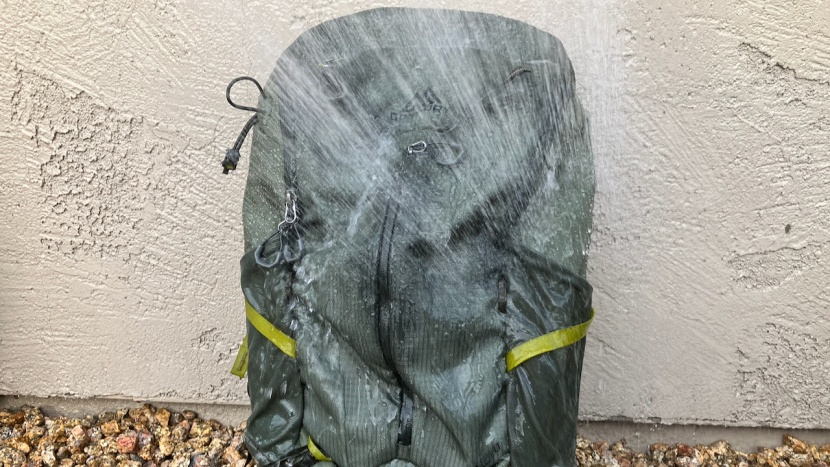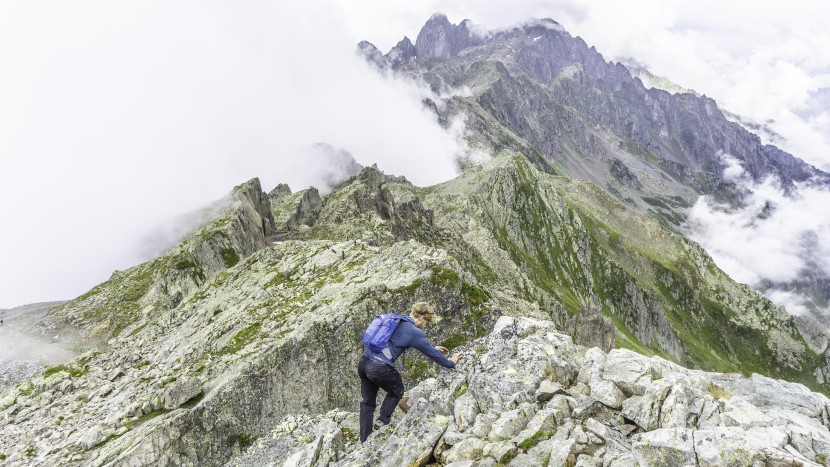We put these packs through rigorous use while hiking, climbing, bushwhacking, and snowshoeing throughout the United States and New Zealand. We also used these packs to carry our belongings around town, to work, the climbing crag, and the gym. We compared each pack's features, fit, and wear-and-tear to determine the best performers.
Comfort
We used each pack in various outdoor activities, including hiking, running, scrambling, climbing, bushwhacking, and snowshoeing. During these activities, we assessed how comfortably these packs carried loads and distributed weight through their suspension systems. To do this, we loaded up the packs with weights of up to 25 pounds.
For larger packs made to carry heavier loads, we went backpacking and even carried several dozen pounds of rock samples out of New Zealand's mountains (one of our testers is a geologist).
While pushing these packs slightly beyond their intended use in activities like scrambling, bushwhacking, and running, and evaluated how well ventilated they are and if they help us stay cool. We conducted these activities with input from others, lending out packs to evaluate how well they adjust to varying torso sizes and garnering others' perspectives on their performance.
Versatility
Versatility includes not only outdoor activities, but also using a pack for travel, commuting, the gym, or around town. We carried specialized gear like snowshoes, ice axes, and hiking poles to see how well the pack's attachment points worked. We took each pack on hikes and even overnight backpack trips of varying lengths to determine the amount of gear it was best suited for. Generally speaking, packs larger than 22 liters were more versatile, with those over 30 liters having even greater variety in their versatility.
Ease of Use
A daypack shouldn't require an instruction manual to use it, although some made us wish we had one. An effective pack should be straightforward and user-friendly. We assessed how easily we can access items stored in different parts of the pack, the number and types of pockets available for organization, and the functionality of features such as pole straps, carrying attachments, adjustable back panels, and load-lifting straps. We also considered whether features were helpful or just in the way.
Weight-to-Volume Ratio
While pack weight is significant, it's equally important to consider how much volume each option offers relative to its weight. To account for this, we calculated a weight-to-volume ratio (ounces/liter) and ranked packs based on that ratio. Essentially, this measures the “bang for your buck” regarding how much a pack can hold for its weight.
To provide context for these measurements, we also evaluate the features and materials contributing to a pack being light or heavy for its volume. Often, the trade-off for a heavier pack is a more comfortable suspension and increased durability.
Construction Quality
We put these packs through their paces during the months we spent with them, across multiple continents, environments, and seasons. Dirt, mud, rock, and even the errant coffee spill are part of each pack's test.
We also employ a standardized water-resistance test with a hose to evaluate how well these packs handle rainy conditions. We filled packs with dry clothes and then sprayed them with a hose for one minute, attempting to spray from all sides other than the suspension (which would be against your back). Afterwards, we opened them up to see how much water penetrated the pack's fabric. While some options include a rain cover, our scoring focused on each pack without additional protection, as not all packs come with a rain cover.







